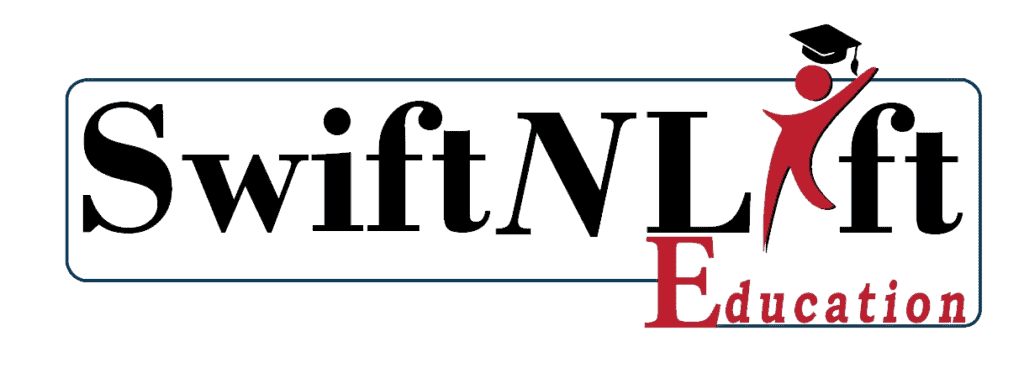


Shifting from a linear learning approach to a spiral approach in science education represents a more dynamic and effective way to teach and learn scientific concepts. In a linear approach, topics are taught in a strict, sequential order, often moving from simpler to more complex concepts. This can result in students forgetting earlier material or failing to see the connections between different scientific ideas. A spiral approach, on the other hand, revisits and deepens understanding of key concepts throughout the curriculum, creating a more interconnected and lasting learning experience.
Here are some key aspects of a spiral approach in science education:

Entrepreneurship is all about telling your story. In SwiftNlift Education Business magazine, we promote and share stories and adventures of young and successful entrepreneurs who are overcoming startup challenges on their way to success. We allow digitally linked content to be uploaded and distributed globally.
Copyright © 2023 Swiftnlift Media And Tech LLP All rights reserved